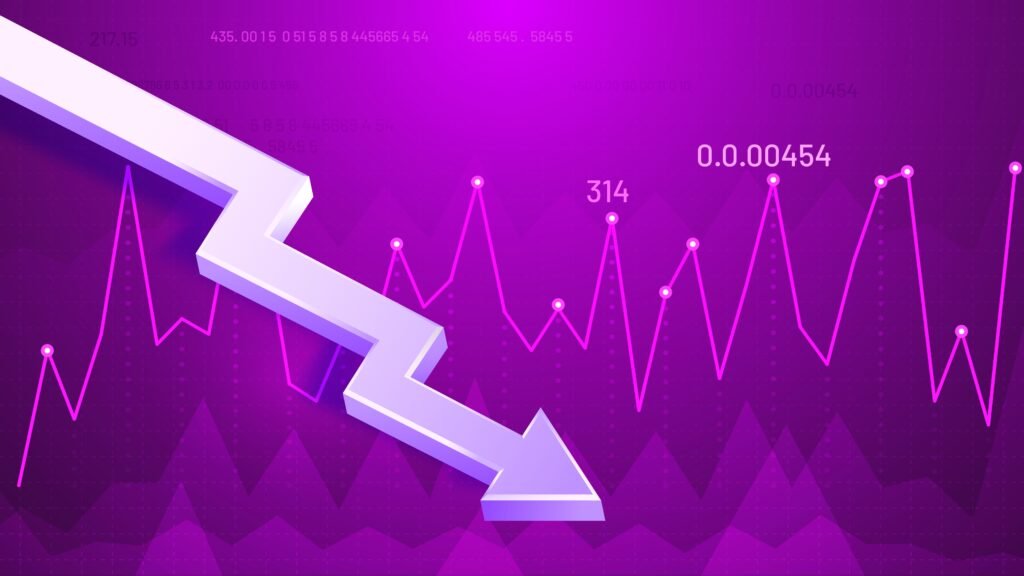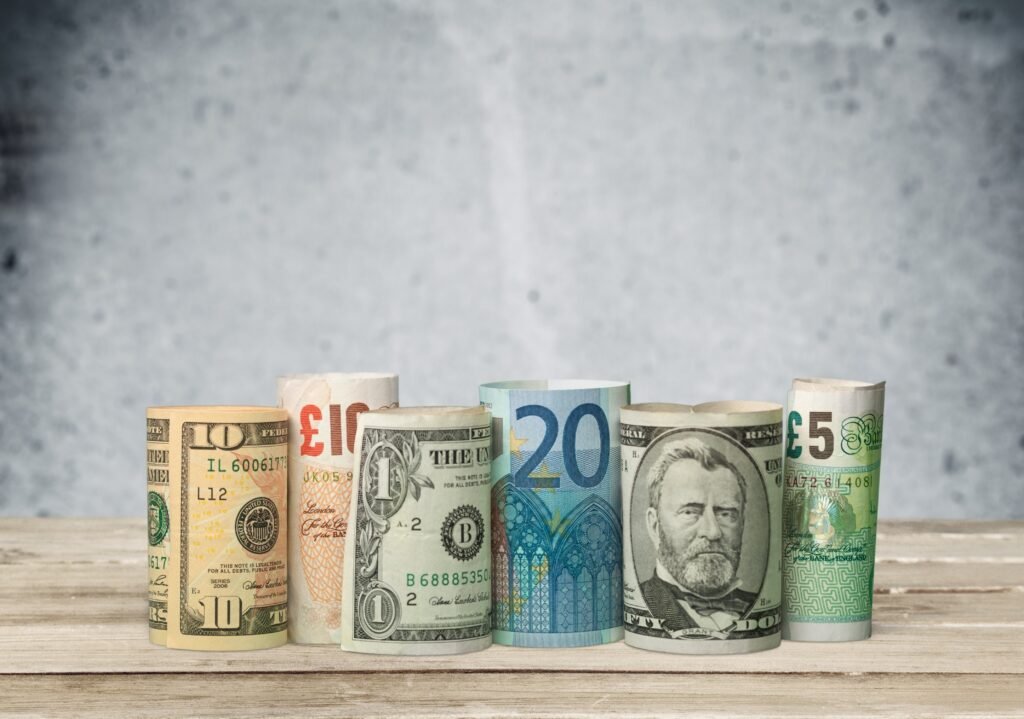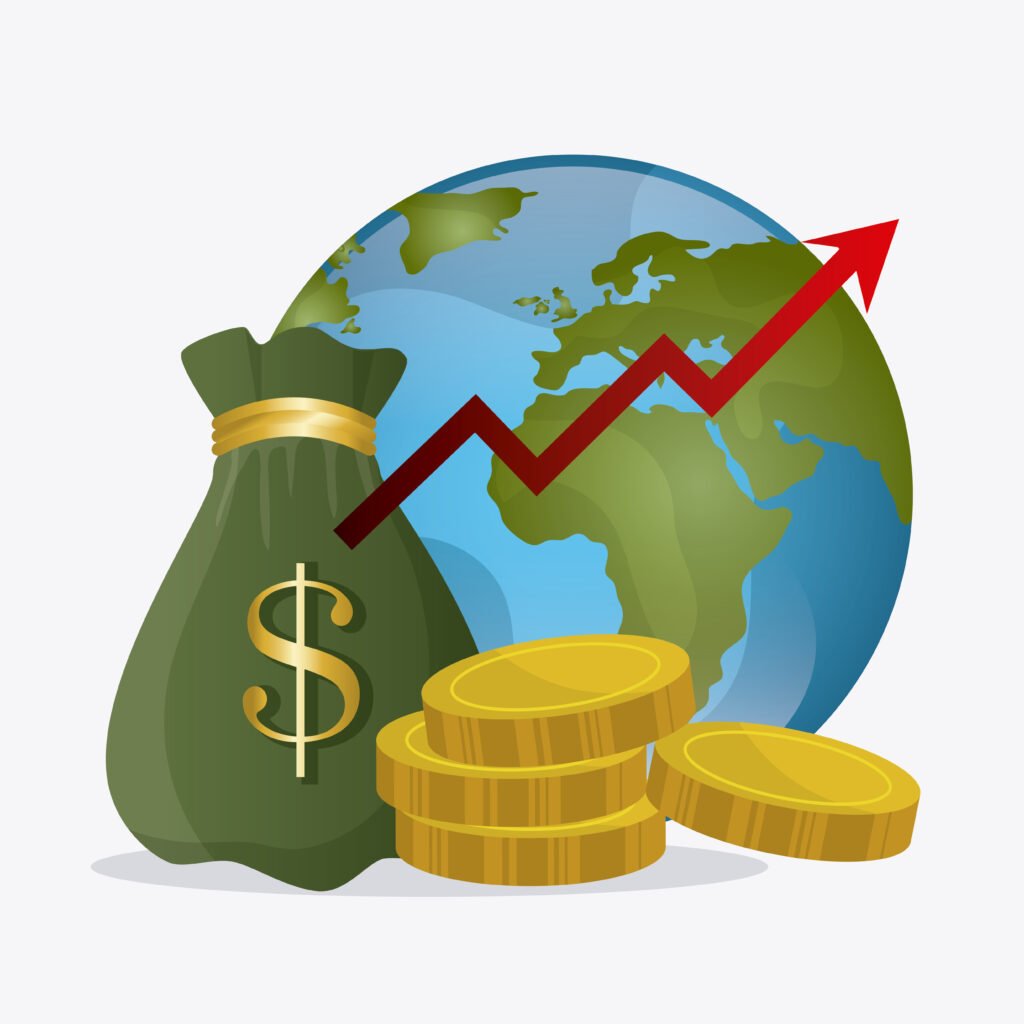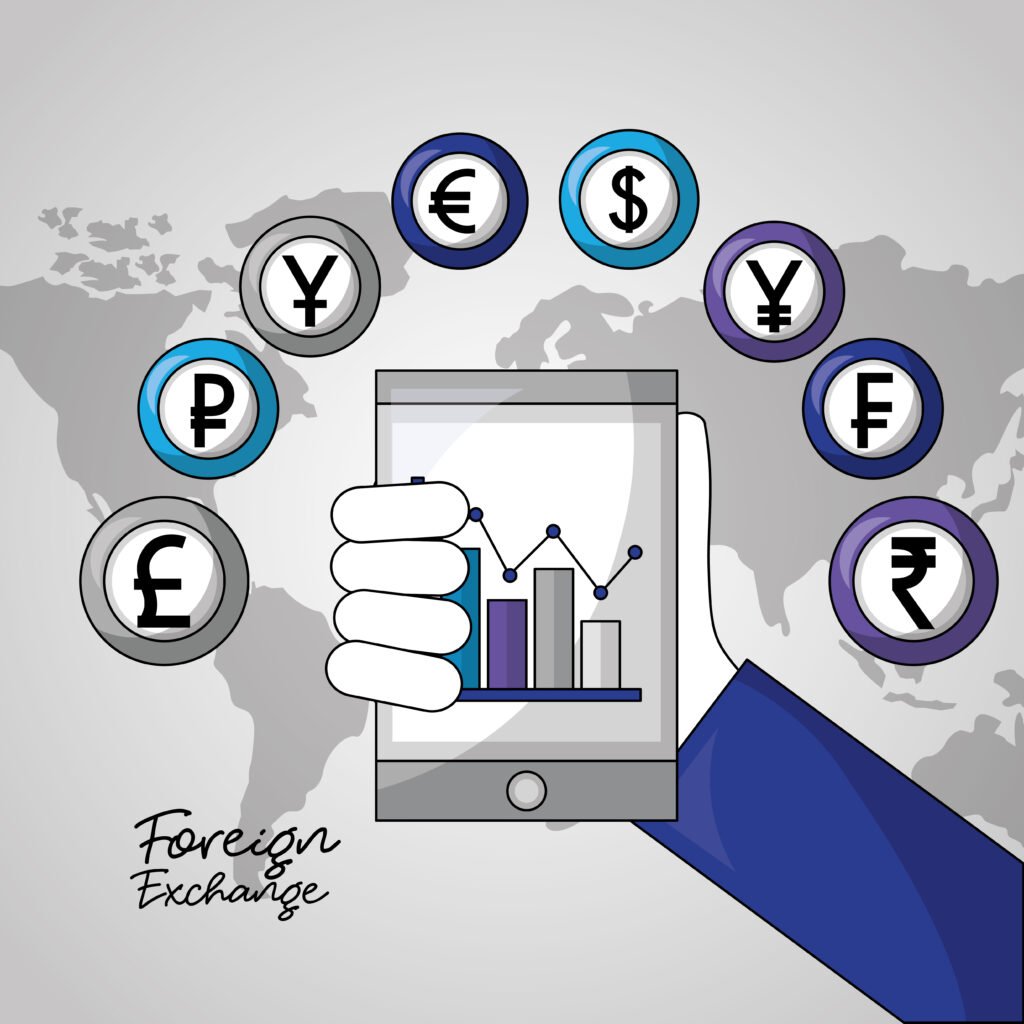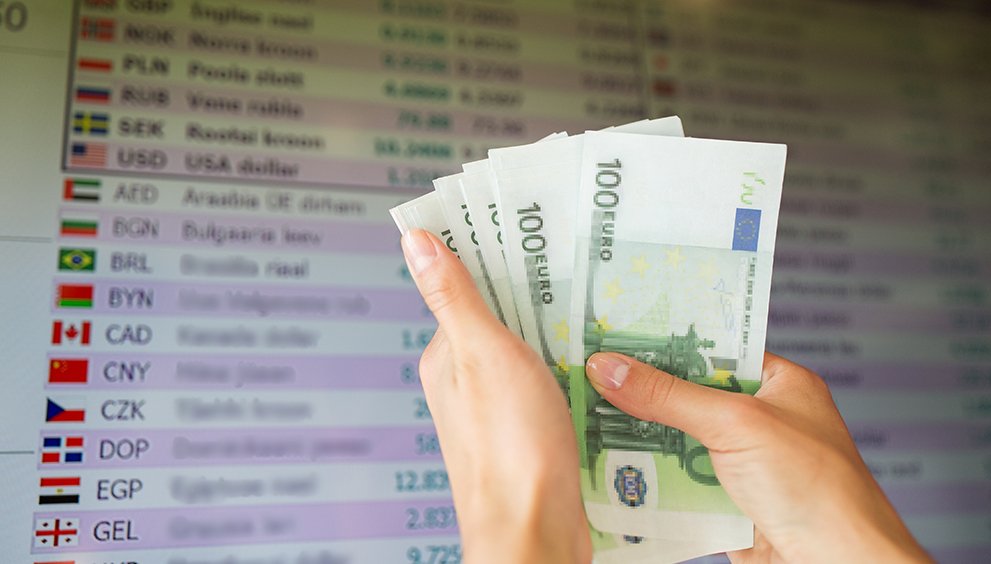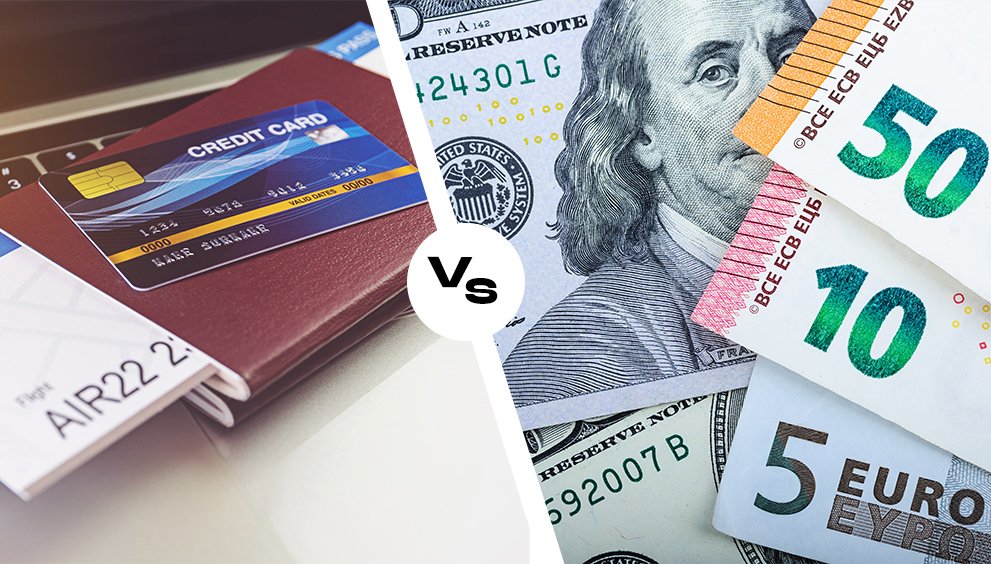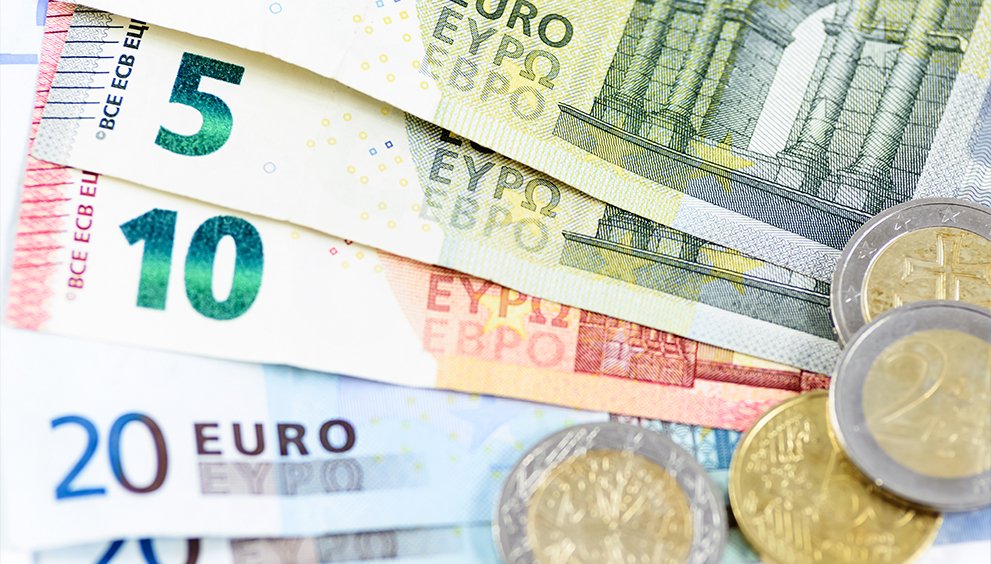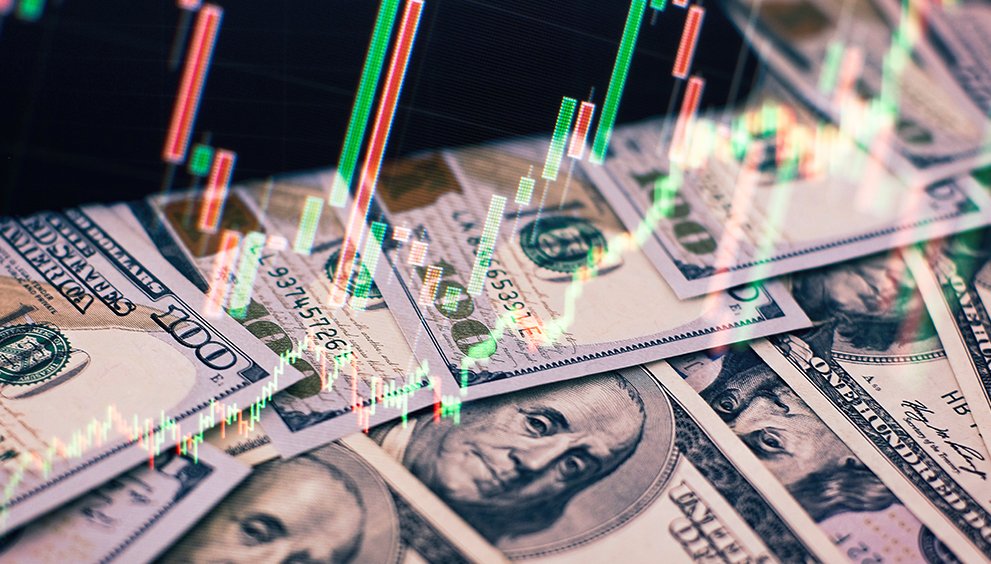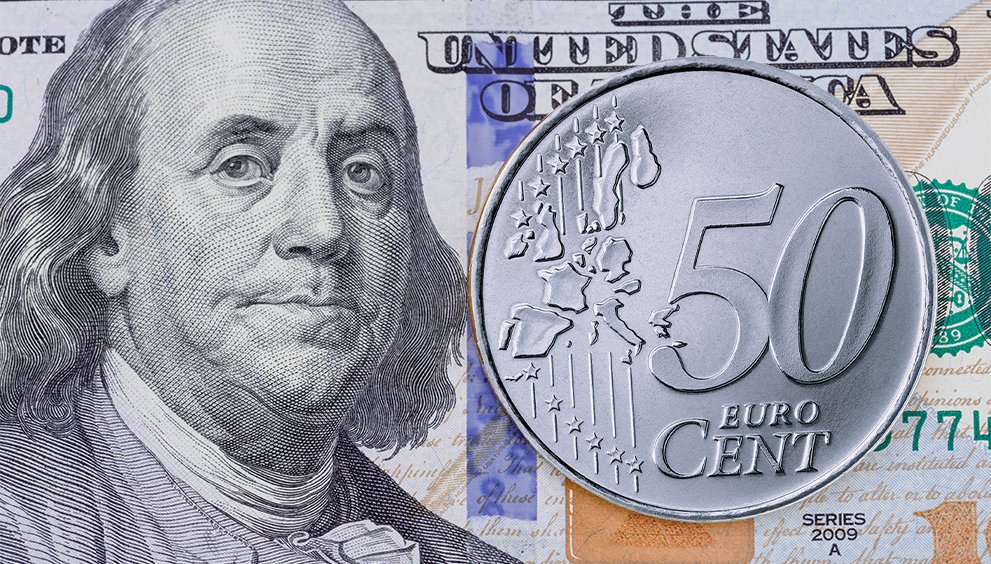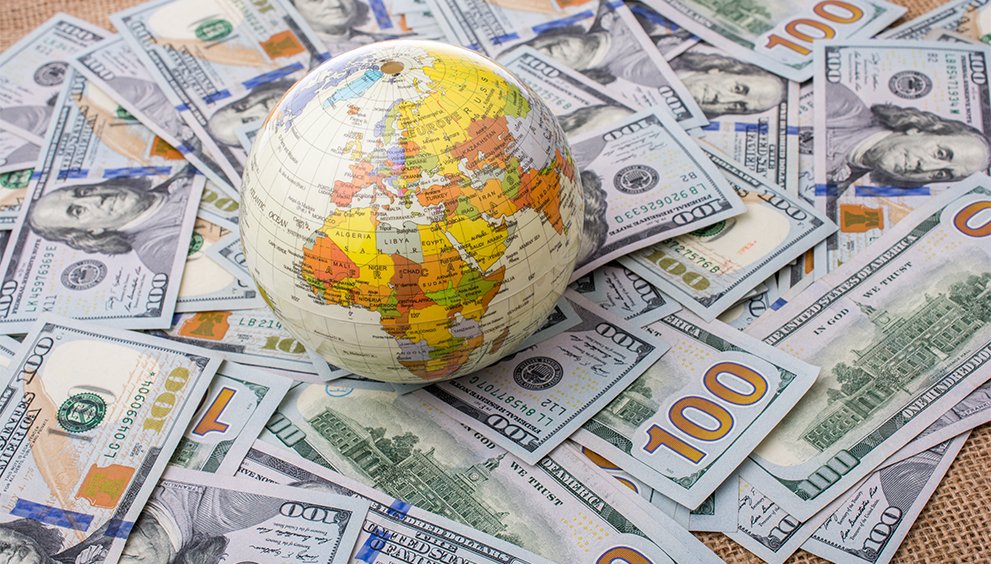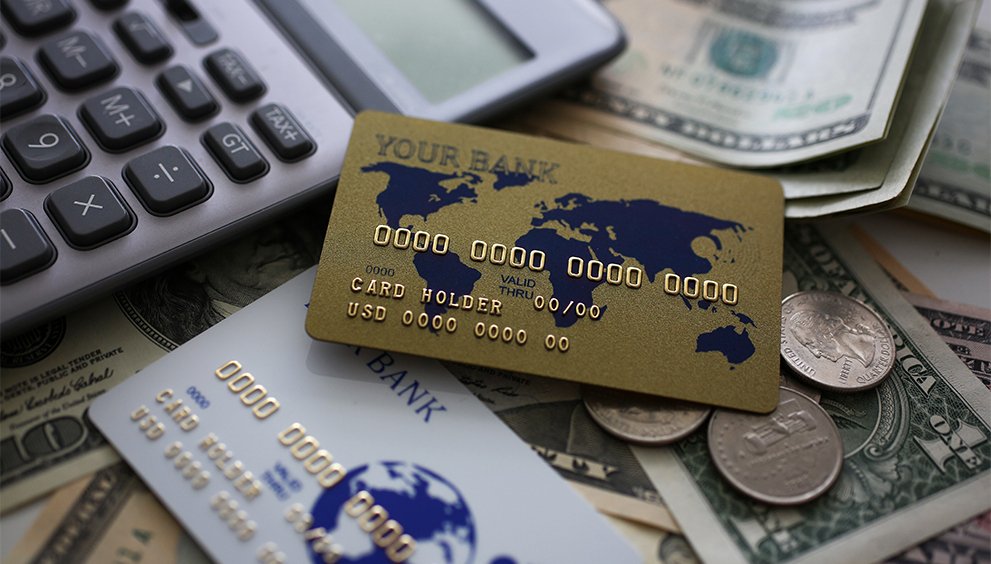GBP/JPY Struggles Amid Trump Tariff Jitters
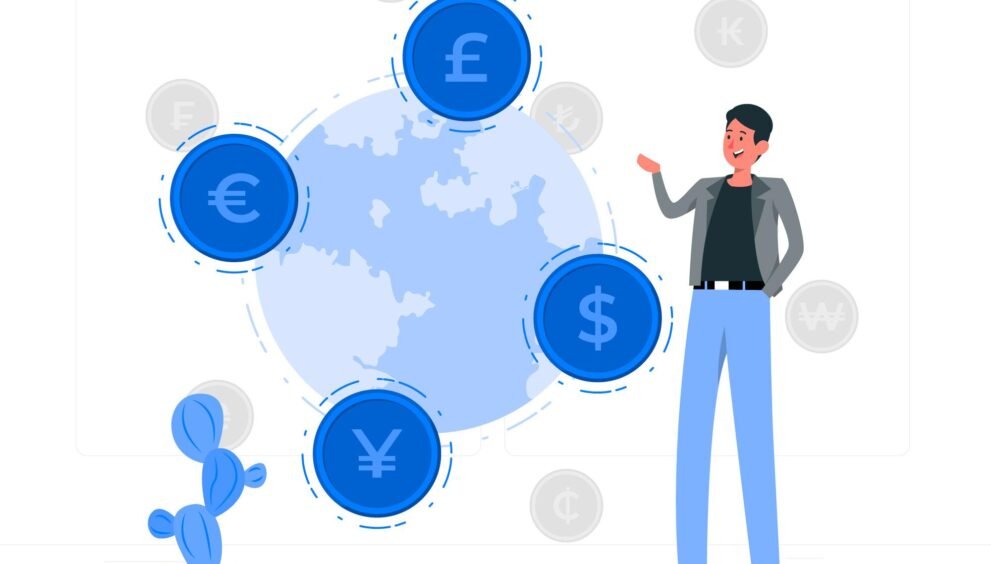
GBP/JPY weakened to 193.22, following stronger Japanese inflation figures. The Bank of Japan’s Tankan survey, released this Tuesday, revealed a dip in business confidence among large manufacturers in the first quarter of 2025. The headline Sentiment Index came in at 12.0, down from 14.0 in the previous quarter, aligning with market expectations. The Manufacturing Outlook Index also eased to 12.0 from 13.0, though it remained above the forecasted 9.0, suggesting a more tempered outlook. Japanese firms also revised their inflation expectations upward. They now anticipate consumer prices to rise by 2.5% over the next year and by 2.4% over the next three years, slightly higher than the previous projections of 2.4% and 2.3%, respectively. Inflation over a five-year horizon is expected to reach 2.3%, up from 2.2% in the previous survey. These revised forecasts, alongside last week’s stronger-than-expected consumer inflation data from Tokyo, have strengthened expectations that the Bank of Japan could pursue further interest rate hikes in 2025. Separately, Japan’s industrial production rose by 2.5% month-on-month in February, rebounding from a 1.1% decline in January and beating the expected 2.3% increase. However, the outlook remains cautious, with manufacturers projecting a 0.6% rise in March and a marginal 0.1% gain in April. Meanwhile, retail sales grew by 1.4% year-on-year in February, marking a significant slowdown from January’s 4.4% increase and falling short of the 2.0% estimate—suggesting potential headwinds for domestic consumption.
On the other hand, Trump’s decision to impose a 25% tariff on imported cars and upcoming reciprocal tariffs created market anxiety that these new levies would have a far-reaching impact on Japan’s key industries, pressuring the BoJ’s monetary policy outlook. However, fears of global trade wars and potential economic slowdown could reinforce safe-haven flows, limiting the downside of the yen.
Sterling is trading cautiously as investors evaluate the potential economic risks posed by Trump’s tariffs on the UK economy. On Monday, a spokesperson for UK Prime Minister Keir Starmer stated that the government is actively preparing for all “eventualities” ahead of President Trump’s announcement of “planned tariffs,” which are anticipated to affect the “UK along with other countries.” Starmer further mentioned that discussions between London and Washington to secure an economic deal to prevent tariffs have been extended past Wednesday.
With limited UK economic data releases, broader market sentiment around Trump’s reciprocal tariffs on the so-called “Liberation Day” will drive the GBP/JPY exchange rate.

EUR/USD Stumbles Ahead of Eurozone Inflation Data
EUR/USD edged lower to 1.0810, following the preliminary German Harmonized Index of Consumer Prices (HICP) data. The Consumer Price Index (CPI) edged down to 2.2% year-over-year in March from 2.3% in February, according to Destatis’ flash estimate released on Monday. Monthly, the CPI increased by 0.3%, aligning with market expectations. The Harmonized Index of Consumer Prices in Germany, the European Central Bank’s preferred measure of inflation, rose 2.3% year-over-year after a 2.6% increase in February. This figure was below analysts’ expectations of 2.4%. According to official data from Destatis released on Monday, retail sales in Germany rose by 0.8% month-over-month (MoM) in February, following a 0.2% increase in January. This result was better than the market’s expectation of no change. Comparing year-on-year, retail sales experienced a 4.9% increase in February, up from January’s 2.9% growth. Additionally, Germany’s import prices climbed by 3.6% in February 2025 compared to the same month in the previous year, representing the highest annual increase since January 2023. On a monthly basis, import prices rose by 0.3%, which is slower than January’s 1.1% rise but still above the expected 0.0% change.
The market anticipates that headline inflation will rise by 2.2% year over year in March, down from February’s 2.3%. Core inflation, which excludes volatile components like energy and food, is expected to have increased by 2.5% year over year, a slight decline from February’s 2.6%. Investors will watch Trump’s reciprocal tariff, which will take effect on April 2, and its impact on the Eurozone economy. Trump recently announced a 25% tariff on foreign cars and light trucks, which is set to begin on Wednesday. In response, the EU Commission warned of possible retaliatory measures but later agreed to concessions for the US to reduce some tariffs that are impacting trade and are expected to increase after April 2.
Conversely, increasing worries about the economic slowdown and comments from US President Donald Trump might weaken the dollar. Nonetheless, a prudent market sentiment boosted demand for safe-haven assets, which helped cushion the currency’s decline. In March, the Chicago PMI increased to 47.6 points, up from 45.5, surpassing predictions of 45.2. This marks its highest level since November 2023, although it still indicates contraction for the sixteenth month.
Apart from Eurozone inflation figures, US ISM manufacturing PMI and JOLTs job openings data will shape the market sentiment around the EUR/USD exchange rate.

AUD/JPY Wobbles Following RBA’s Interest Rate Decision
AUD/JPY lost ground near 93.46 following the Reserve Bank of Australia (RBA) interest rate announcement to maintain the Official Cash Rate (OCR) at 4.1% at the April monetary policy meeting. In the accompanying policy statement, the RBA conveyed caution about the outlook and reiterated that sustainably bringing inflation back to target is its top priority. Furthermore, the central bank acknowledged the ongoing drop in underlying inflation as positive while indicating that its monetary policy remains restrictive, leaving the possibility of a rate cut in May open. During the press conference after the meeting, RBA Governor Michele Bullock explained the decision with comments, “We have to be careful not to get ahead of ourselves on policy.” He also added that the “board did not discuss a rate cut and did not make up its mind on a May move. The board did not open the door to a May rate cut.” Regarding the inflation outlook, he said, “Gradually getting more confidence on inflation, not 100% yet. Seems prudent to wait for a bit more data.”
On the data front, Australia’s Retail Sales, which measure the country’s consumer spending, increased by 0.2% month-on-month in February, down from a 0.3% increase in January, falling short of market expectations of 0.3%. China’s Caixin Manufacturing PMI increased to 51.2 in March, up from 50.8 in February, surpassing expectations of 51.1. The NBS Manufacturing PMI also rose to 50.5 in March, compared to 50.2 previously, aligning with market consensus. Additionally, the NBS Non-Manufacturing PMI improved to 50.8 in March from 50.4 in February, exceeding the forecast of 50.5. While the stronger data could support the Aussie, rising uncertainty over Trump’s reciprocal tariffs plan could add market volatility.
Conversely, the potential economic effects of President Donald Trump’s forthcoming reciprocal tariffs provoke cautious market sentiment, enhancing the appeal of safe havens like the yen. The recent Bank of Japan’s Q1 2025 Tankan survey revealed a slight decline in business confidence among large manufacturers, with the Sentiment Index dropping to 12.0 from 14.0, which is in line with expectations. The Manufacturing Outlook also fell to 12.0, exceeding the forecasted 9.0 but below the previous 13.0. Japanese firms now anticipate inflation to rise by 2.5% over one year, 2.4% over three years, and 2.3% over five years—all slightly higher than prior forecasts. Combined with strong Tokyo inflation data, the results bolster expectations that the BoJ may continue to raise interest rates in 2025.
Investors will pay attention to Wednesday’s Trump tariff announcements, along with RBA Assistant Governor Kent’s speech and Australia’s Goods Trade Balance for further insights on the AUD/JPY exchange rate.

EUR/GBP Pressured by Eurozone Inflation Figures
EUR/GBP dropped near 0.8364 following the mixed inflation data from the Eurozone. Germany’s annual inflation rate, as reported by the Consumer Price Index (CPI), slightly decreased to 2.2% in March from 2.3% in February, based on preliminary data from Destatis released on Monday. Monthly, the CPI increased by 0.3%, matching market predictions. The Harmonised Index of Consumer Prices (HICP), favoured by the European Central Bank for gauging inflation, registered a 2.3% rise year-on-year in March, down from a 2.6% increase in February. This reading fell short of analysts’ expectations of 2.4%, bolstering the argument for more monetary easing. In the Eurozone, manufacturing activity displayed early signs of recovery in March, with various countries showing mixed PMI results. Spain’s manufacturing PMI edged down to 49.5 from 49.7 in February, marking its second straight month of contraction. Italy’s manufacturing sector experienced a more significant decline, with the PMI dropping sharply to 46.6 from 47.4—the steepest decrease in production volumes over four months. Conversely, France’s manufacturing sector showed some recovery, with the final PMI increasing to 48.5 in March from 45.8 in February, indicative of a slowing contraction. Germany’s final manufacturing PMI rose to 48.3, up from 46.5 the previous month, yet remained below the 50.0 expansion threshold. Regionally, the HCOB Eurozone Manufacturing PMI improved to 48.6 in March from 47.6 in February, marking the highest reading in over two years and suggesting a slight easing in the decline of the bloc’s manufacturing sector. Italy’s labour market continued to strengthen, with the national unemployment rate declining to 5.9% in February from 6.3% in January, the lowest since April 2007. According to official statistics, this drop reflects a net addition of 47,000 jobs for the month.
Investors are closely monitoring Trump’s reciprocal tariff, effective April 2, and its potential effects on the Eurozone economy. Trump recently revealed a 25% tariff on foreign cars and light trucks, which is scheduled to start on Wednesday. In reaction, the EU Commission cautioned about possible retaliatory actions but subsequently consented to concessions aimed at reducing certain tariffs that affect trade, which are anticipated to rise after April 2. On Tuesday, European Commission President Ursula von der Leyen stated, “We don’t immediately wish to retaliate, but if needed, we have a robust plan ready to implement.” He noted, “We will thoroughly evaluate US announcements to ensure our response is measured. All countermeasure options remain available, as we possess the means to resist US tariffs.”
Sterling trades in a narrow range as investors assess the potential economic risks from Trump’s tariffs on the UK. The S&P Global UK Manufacturing PMI for March 2025 was revised upward to 44.9, compared to the initial estimate of 44.6. Despite this adjustment, it marks the lowest reading in 17 months, a decrease from 46.9 in February. On Monday, a representative for UK Prime Minister Keir Starmer indicated that the government is preparing for all “eventualities” before President Trump announced “planned tariffs,” which are expected to impact the “UK and other nations.” Starmer also noted that talks between London and Washington to secure an economic deal to avert tariffs have been extended beyond Wednesday.
Investors will closely monitor the Eurozone inflation figures and incoming reciprocal tariffs for further direction on the EUR/GBP exchange rate.



 English
English 




